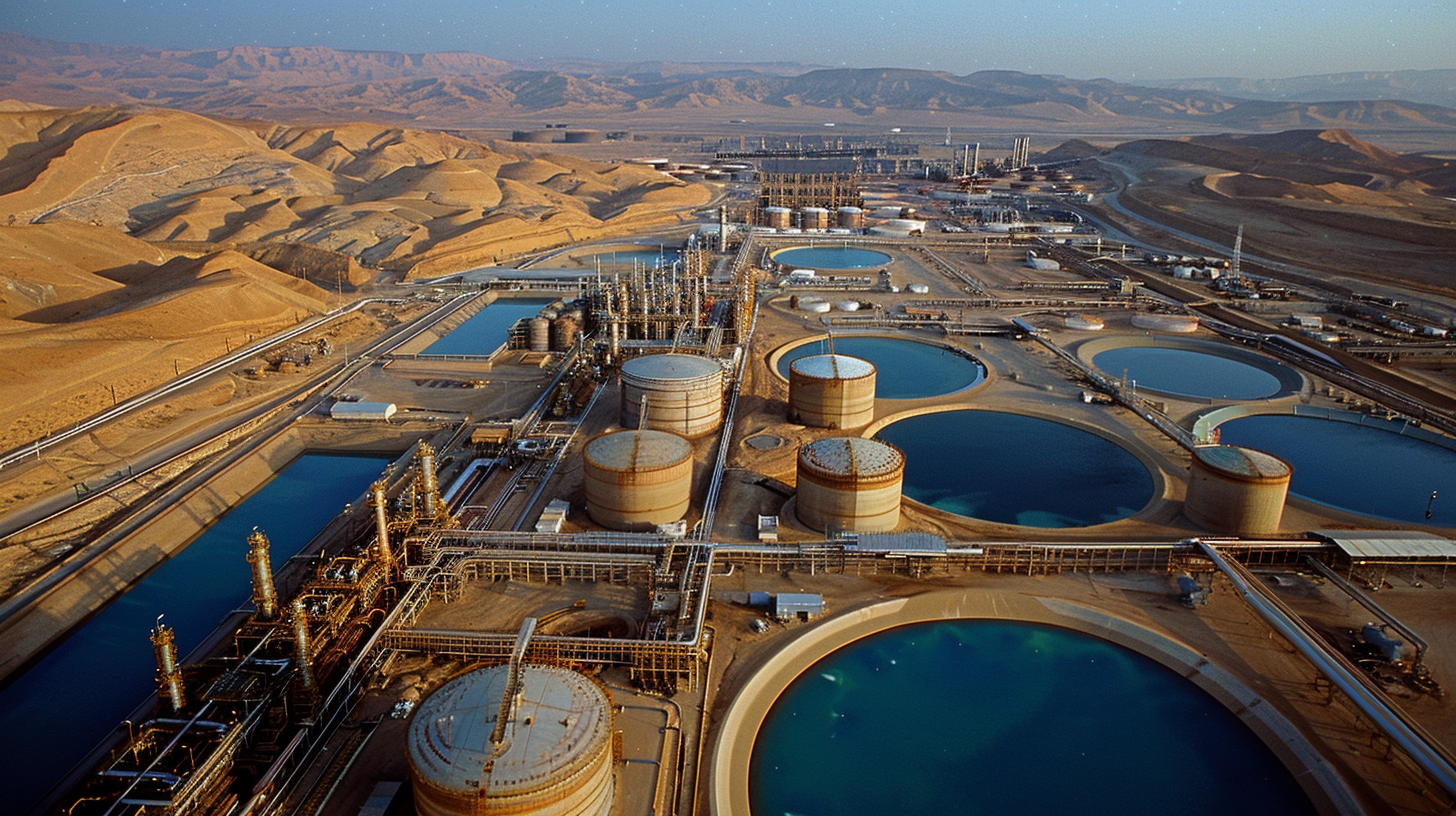| Key Points: – Oil prices rise amid concerns over Middle East instability and positive US economic data – Tight global supply and potential weather disruptions add further upside risk – Investors should monitor geopolitical developments and economic indicators closely |
As investors closely track the volatile oil markets, the latest developments have painted a complex picture, with geopolitical tensions and economic resilience emerging as the key drivers behind the recent price rebound. The oil benchmarks, Brent and WTI, have staged a recovery after hitting an eight-month low earlier this week, signaling the industry’s sensitivity to both supply-side and demand-side factors.
The catalyst for the price increase was a combination of heightened tensions in the Middle East and positive economic data from the United States. The killing of senior members of militant groups Hamas and Hezbollah last week has raised the specter of potential retaliatory strikes by Iran against Israel, stoking concerns over oil supply from the world’s largest producing region. “It will spike the price of crude oil if there is an Iranian retaliation on a large scale and I think that is what everyone is most worried about,” said Tim Snyder, chief economist at Matador Economics.
Compounding these geopolitical risks, the latest US job market data provided a positive surprise, easing fears of a wider economic slowdown and its potential impact on oil demand. The number of Americans filing new applications for unemployment benefits fell more than expected last week, suggesting the labor market remains robust despite recessionary headwinds. “The latest US data on jobless claims indicates still a growing U.S. economy, reducing some of the oil demand concerns,” said UBS analyst Giovanni Staunovo.
Furthermore, the Energy Information Administration reported a significant 3.7 million barrel drop in US crude inventories last week, marking the sixth consecutive weekly decline to six-month lows. This tightening of global supply, coupled with the potential for weather-related disruptions during the hurricane season, has added to the upside pressure on oil prices.
Looking ahead, analysts at Citi believe there is a possibility of oil prices bouncing to the low to mid-$80s per barrel for Brent, citing “still-tight balances through August, heightened geopolitical risks across North Africa and the Middle East, the possibility of weather-related disruptions through hurricane season and light managed money positioning.”
For investors, navigating the oil market landscape requires a careful balance of monitoring both geopolitical developments and economic indicators. The escalating tensions in the Middle East, coupled with the resilience of the US economy, have underscored the complex interplay between supply-side and demand-side factors that ultimately shape the trajectory of oil prices.
As the industry continues to grapple with these dynamics, investors should remain vigilant in assessing the potential risks and opportunities that may arise. Close attention to factors such as inventory levels, weather patterns, and global economic trends will be crucial in making informed investment decisions in the volatile oil market.

